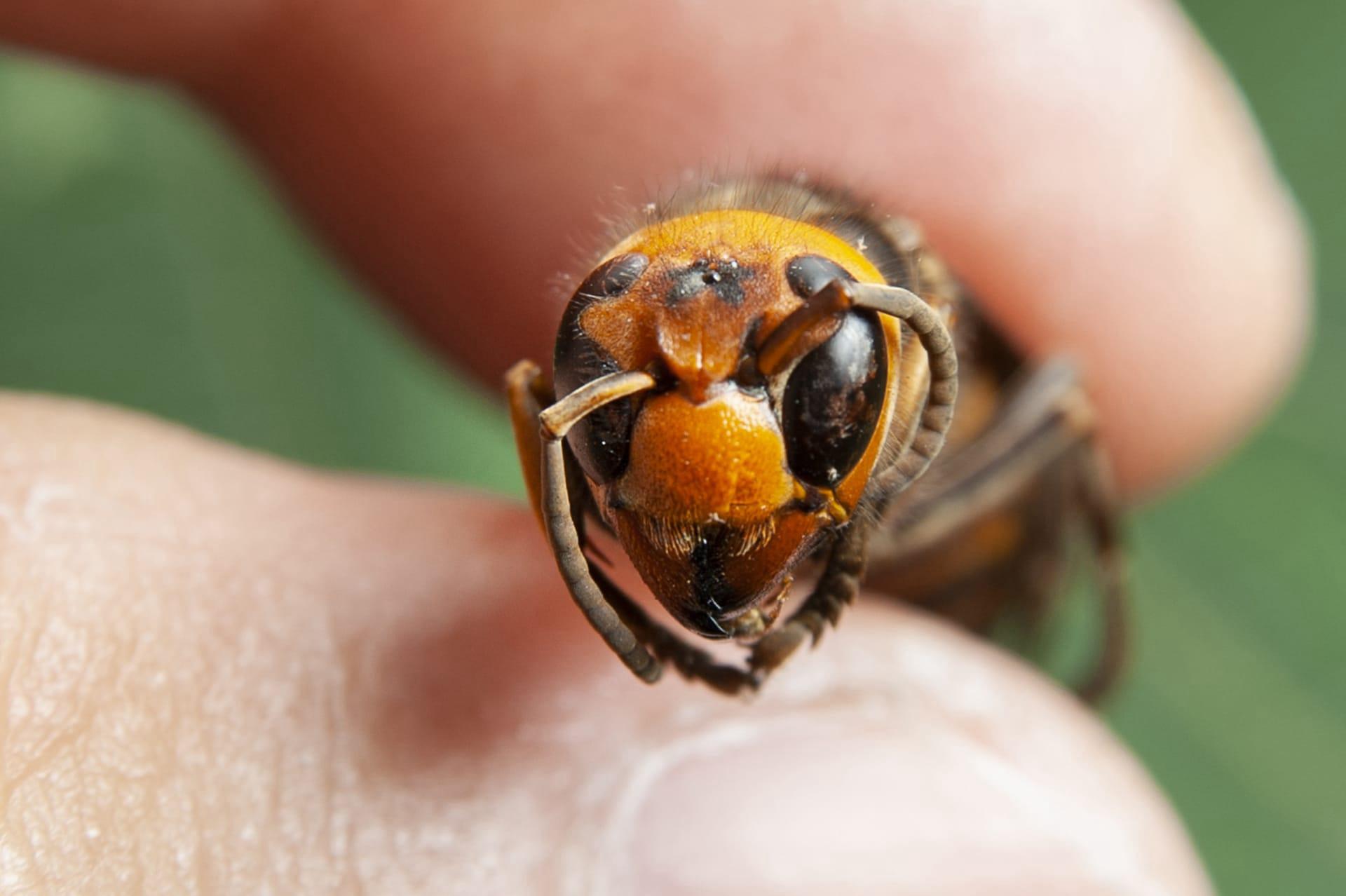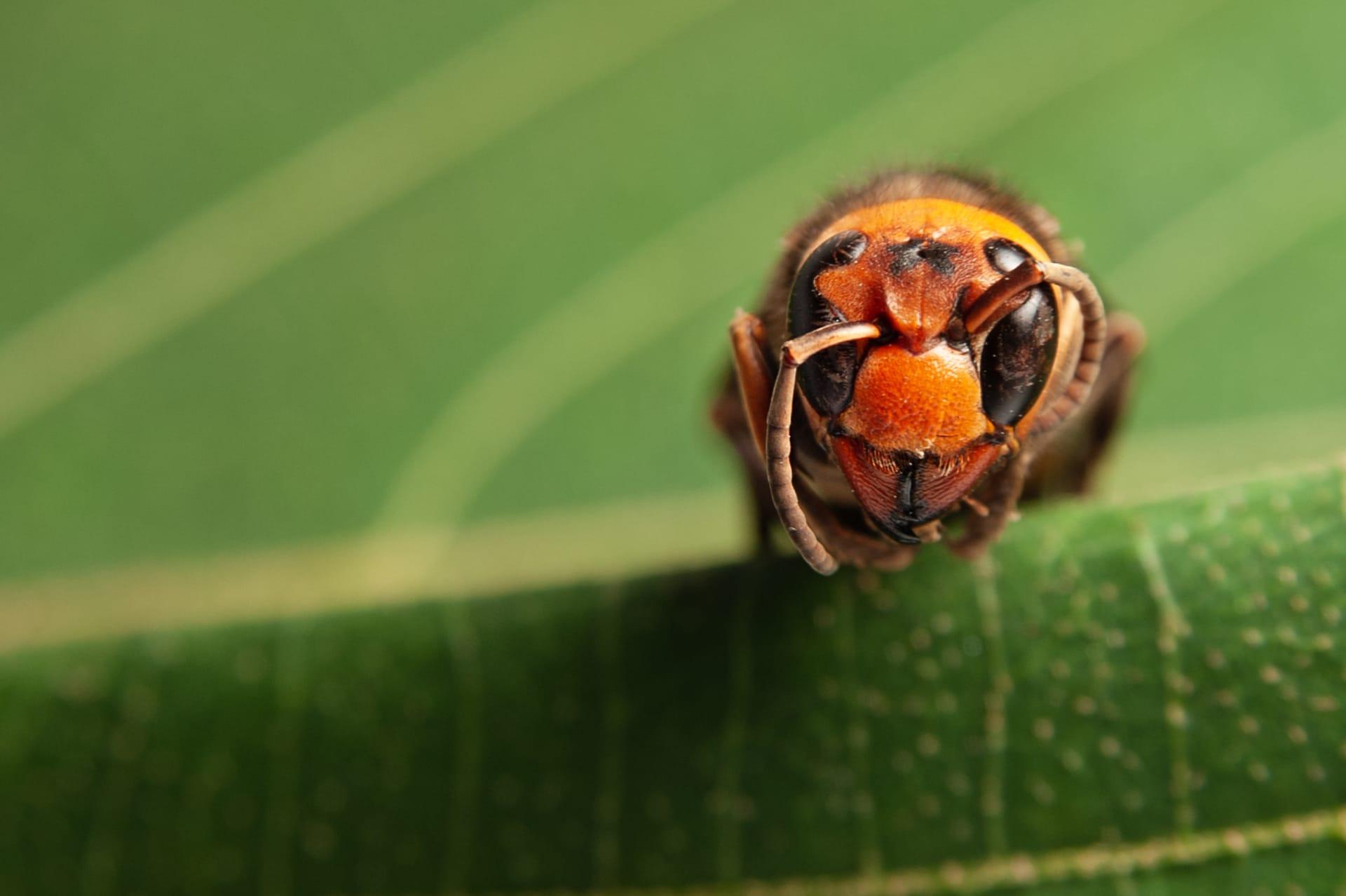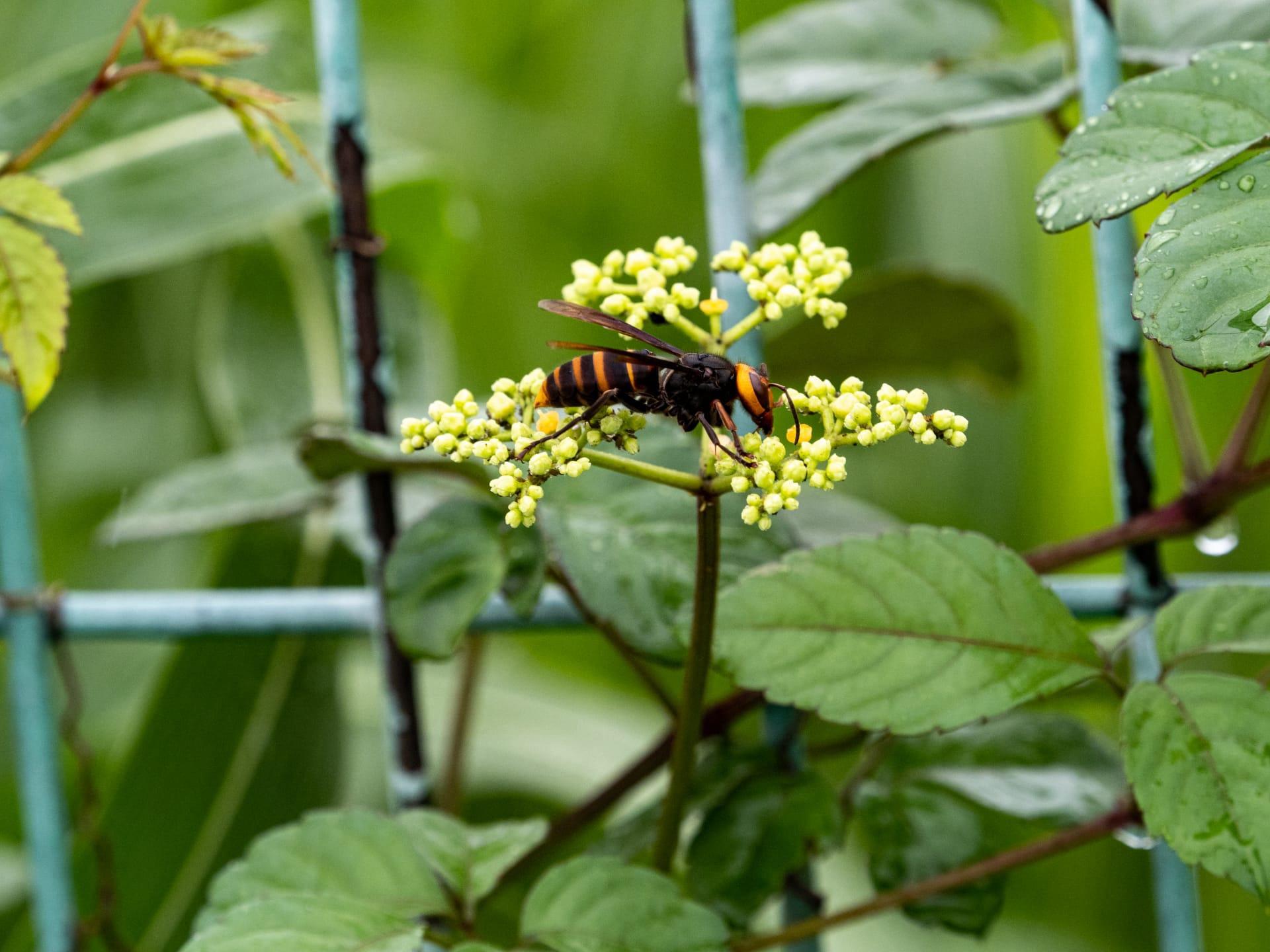Japanese Hornet Trivia
- Home /
- Trivia Question /
- Animal /
- Japanese Hornet Trivia
1
Question: How large can a Japanese hornet grow?
Answer: The Japanese hornet, also known as Vespa mandarinia, is among the largest hornet species. The queens can grow up to 2 inches (5 centimeters) in length, with a wingspan reaching 3 inches (7.5 centimeters). Workers are slightly smaller, typically measuring around 1.4 to 1.6 inches (3.5 to 4 centimeters) in length. Their size is not just for show; it enables them to travel up to 60 miles (97 kilometers) at speeds of 25 miles per hour (40 kilometers per hour) while hunting or migrating.
Question: What is the diet of a Japanese hornet?
Answer: Japanese hornets are notorious predators, primarily feeding on other insects like bees, wasps, and large insects. They have a particular appetite for honey bees. A single Japanese hornet is capable of killing 40 honey bees in a minute and a group can decimate an entire hive of 30,000 bees in just a few hours. They consume the bees' protein-rich larvae to feed their own young. Additionally, they also seek out tree sap and fruits for their sugar content to fuel their high-energy activities.

2
Question: Do Japanese hornets attack humans unprovoked?
Answer: Contrary to popular belief, Japanese hornets are not typically aggressive toward humans unless they feel threatened. They generally reserve their aggression for defending their nest or when hunting. However, if they perceive a threat, their response can be swift and fierce. Their stings are more painful and dangerous than typical bees or wasps due to a potent venom that contains a neurotoxin called mandaratoxin, which can cause allergic reactions and, in rare cases, fatalities.
Question: Is it true that Japanese hornets are responsible for a large number of human deaths?
Answer: It's a common misconception that Japanese hornets are major contributors to human fatalities. While their stings can be severe and potentially fatal, especially to those allergic to their venom, the number of deaths attributed to them is relatively low. In Japan, where they are most prevalent, reported deaths range from 20 to 50 annually. This number is small compared to fatalities from other causes, like automobile accidents or lifestyle diseases.

3
Question: How do Japanese hornets build their nests?
Answer: Japanese hornets exhibit remarkable architectural skills in nest-building. They typically construct their nests in hollow trees, but they can also be found in man-made structures. The queen starts the nest, using chewed-up wood pulp to form the initial cells. As the colony grows, worker hornets take over, expanding the nest to house the growing population. These nests can become quite large, with some measuring up to 3 feet (1 meter) in length and housing thousands of hornets.
Question: What role does the Japanese hornet play in its ecosystem?
Answer: Despite their fearsome reputation, Japanese hornets play a crucial role in their ecosystems. As apex predators of insects, they help control populations of pests like caterpillars and spiders. This predatory behavior aids in maintaining the balance in local ecosystems. Additionally, while foraging, they pollinate plants inadvertently, contributing to the health of their habitat.

4
Question: What is the lifespan of a Japanese hornet?
Answer: The lifespan of Japanese hornets varies between castes. The queen, who is responsible for laying eggs, can live up to one year. Worker hornets, however, have a shorter lifespan, living only about 20 to 40 days. Male hornets, also known as drones, live only long enough to mate, which is typically a few weeks. The entire colony, except for new queens, dies off as winter approaches, and the cycle begins anew with the new queens in the spring.
Question: How do Japanese hornets communicate with each other?
Answer: Communication among Japanese hornets is a complex and fascinating process. They primarily use pheromones for communication, which are chemical signals that can convey different messages such as alerting the colony to a threat or guiding hornets to a food source. For instance, when a hornet discovers a rich food source like a bee hive, it releases a special pheromone to recruit other hornets from its colony to attack in a coordinated manner.

5
Question: Are Japanese hornets solitary or social insects?
Answer: Japanese hornets are highly social insects. They live in colonies that can number in the thousands. These colonies are structured hierarchically, with a single queen who lays all the eggs, male drones whose primary role is to mate with the queen, and worker hornets who perform various tasks such as foraging for food, caring for larvae, and defending the nest.
Question: What is the impact of Japanese hornets on beekeeping?
Answer: Japanese hornets pose a significant threat to beekeeping, particularly to European honey bee colonies which lack effective defense mechanisms against these predators. They can rapidly destroy bee hives, consuming the bees and their larvae. Beekeepers in areas with Japanese hornet presence often use protective measures such as hornet traps or reinforced hives to protect their colonies. Research is ongoing to develop more effective strategies to mitigate the impact of Japanese hornets on beekeeping.